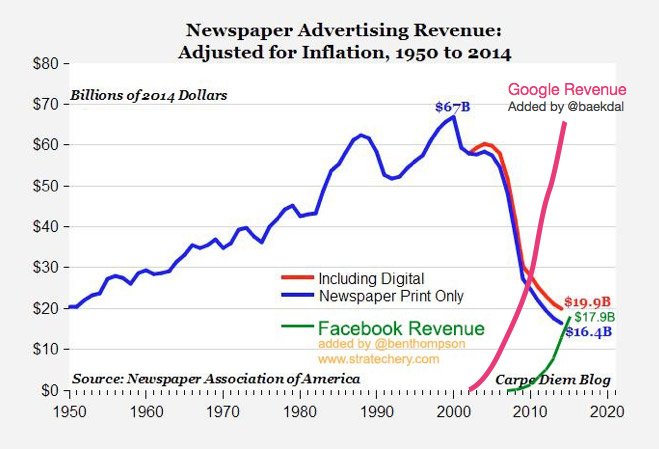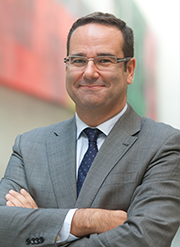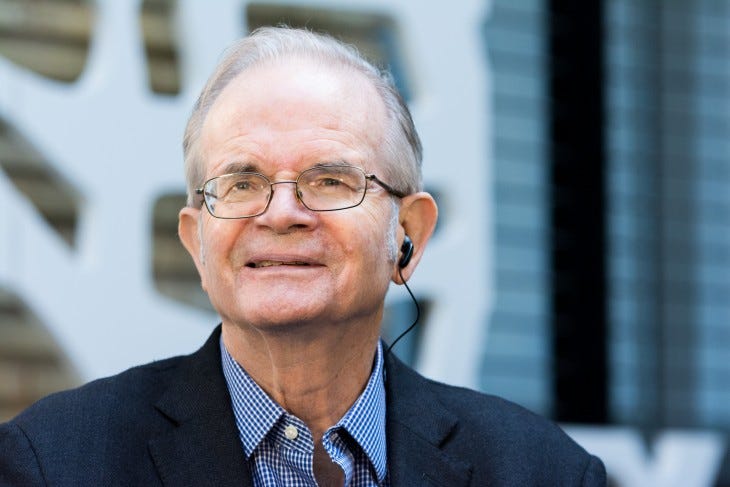 |
| Executive Editor Marty Baron interviews Post owner Jeff Bezos. (Washington Post photo) |
The Washington Post is following the strategy of world domination of its owner, Jeff Bezos, the founder and CEO of Amazon, the world's largest online retailer.
In contrast with most of the newspapers in the U.S. and Europe, the Washington Post is hiring journalists and engineers, investing in new technology, and expanding into new markets. Bezos has global ambitions for the Post, as Newsweek detailed in a recent analysis.
In the same way that he built the business of Amazon, Bezos has committed to absorbing financial losses in the short term with an eye toward gaining market share over the long term. It's a strategy that requires an owner with deep pockets.



















